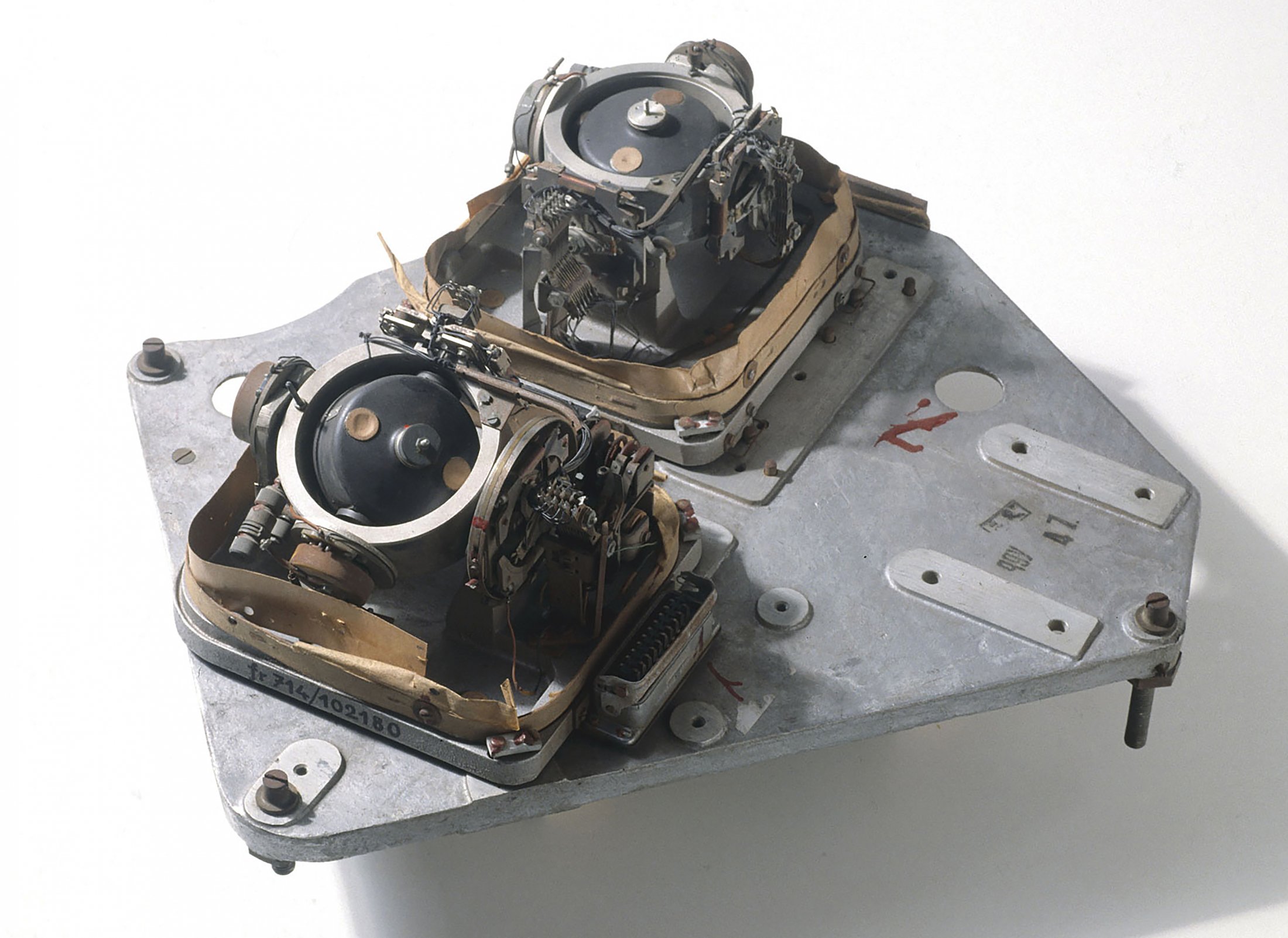
How a gyroscope guides a rocket: Have you ever wondered how this fundamentally simple device, that you may have played with as a child, can be used as the key technology to stabilise and help accurately guide a rocket powered missile or a spaceship?
In our video, How a Gyroscope Guides a Rocket, recorded in 2011, we examine the peculiar properties of a toy gyroscope and show how they were harnessed to stabilise and guide missiles as diverse as the WWII German A4-V2 missile, the USA’s giant Saturn V that took Man to the Moon as well as the Space Shuttle. We start with a review of the fun and impressive phenomena that made the gyroscope a popular toy for over 100 years. We go on to show, with an easy to understand explanation, how the gyroscope can allow us to measure and correct the orientation changes of a missile in flight by exploiting the very same phenomena demonstrated by the toy. This video is a general interest and educational presentation and does not concentrate on the specific details of any particular missile guidance system. We will be uploading a detailed video covering the application of gyroscopes in the V2 missile guidance system in due course – so stay tuned.
So if you’ve ever wondered how the phenomena exhibited by child’s toy can be used to stabilise a spaceship or an ICBM – ‘How a gyroscope guides a rocket‘ will show you the key principles of how it’s done and we promise, you won’t need your calculator to understand this vital bit of Rocket Science.

